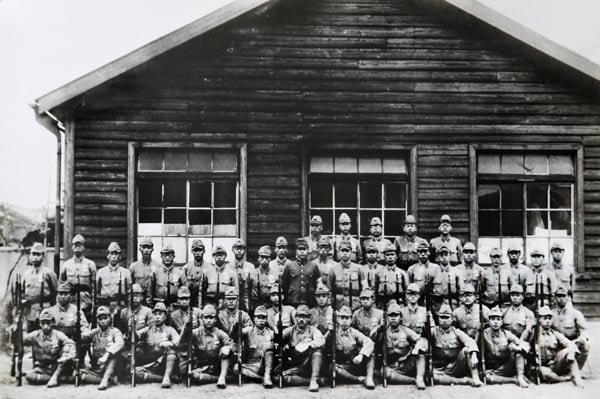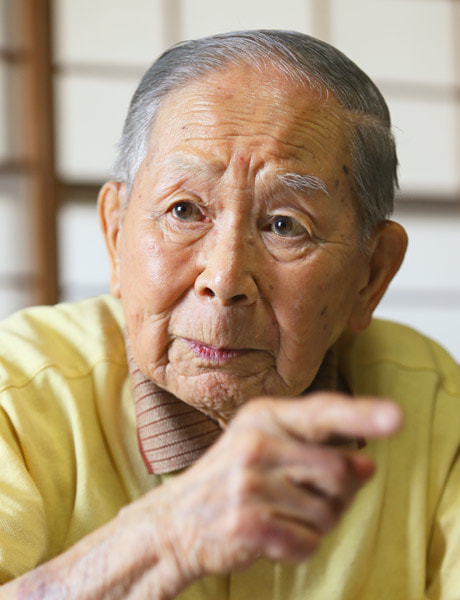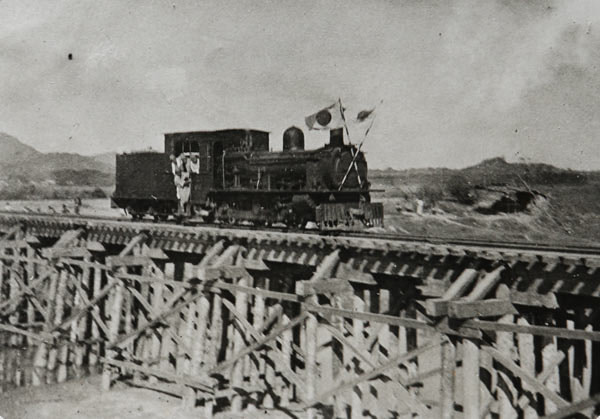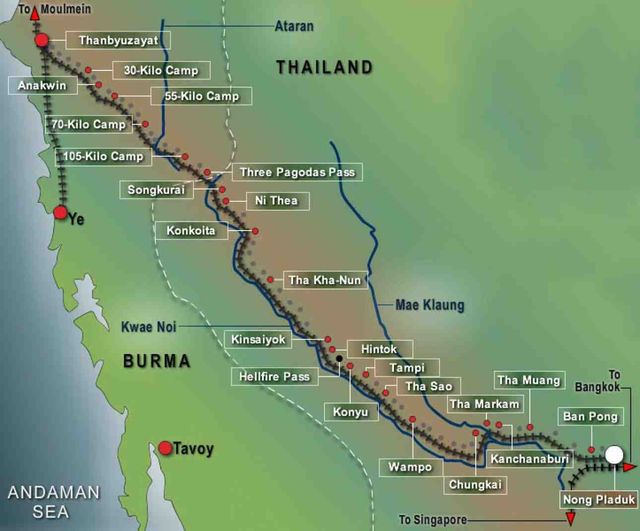Japan’s 5th Railway Regiment was one of two that co-created the Death Railway to serve as a route to transport the Battle of Japan soldiers in the Battle of Burma and India. The 9th Railway Regiment worked the Thai Sector.
The 5th Railway Regimen was based in Chiba City Japan and departed from Osaka Port Japan on March 25, 1941. The duties of the 5th Railway Regimen (which usually includes several departments, each of about 2,000 troops) were to build a railway line in Burma from Ye-Mao- Mae City. Col Sasaki Manosuke was the regiment’s commander during the construction of the railway.
In southern Myanmar, there was already a railway in Ye-Mao-Mae, which had been a main transport route since Britain built it before the war.
Japan’s plan was to link the existing railroad system from Burma to Thailand for the benefit of transporting supplies and troops through the rail system of both countries.
The 0 kilometer marker was installed on the Burmese side on June 23, 1942 at Tanbyuzayat Station. On the Thai side it was at NongPlaDuk Station on July 5, 1942.
In Burma, the 5th Railway Regiment had to build roads parallel to the railway in order to transport rice and construction equipment. In Thailand, soldiers from the 9th Railway Regiment used the Kwai Noi River as a transportation route, so there was not much emphasis on building roads. A crude road existed from NongPlaDuk to Kanchanaburi.
In total, the distance to build the railway in Burma from Thanbyuzayat to Konkoita (aka Kaeng Khoi Tha) Station is approximately 152 Kms. On the Thai side from Nong Pla Duk Station to Kaeng Khoi Tha Station is 263 kilometers; for a total distance about 415 kilometers.
Soldiers from the 5th Railway Regiment were also tasked with repairing the railway from the Saton River to Mao Laemong. The railway was damaged during the withdrawal of British troops. There was a 2 kilometers long bridge over the Saton River.
Written by veteran Mikio Kinoshita, a member of Japan’s 5th Railway Regiment.
as translated from the posted article in Thai




